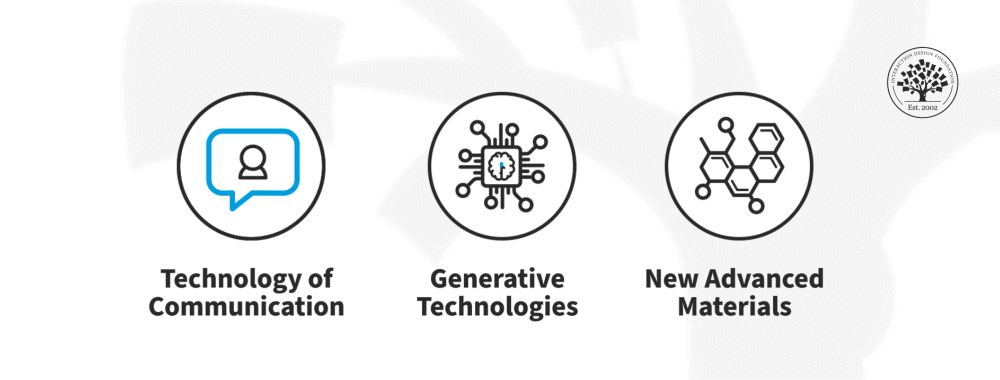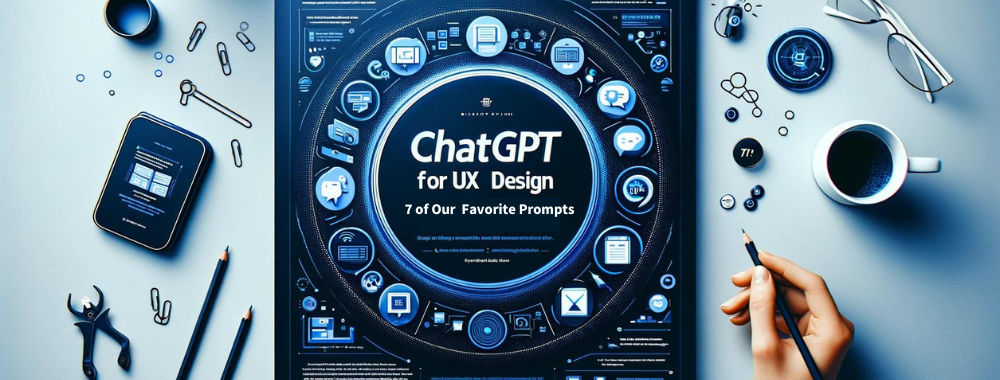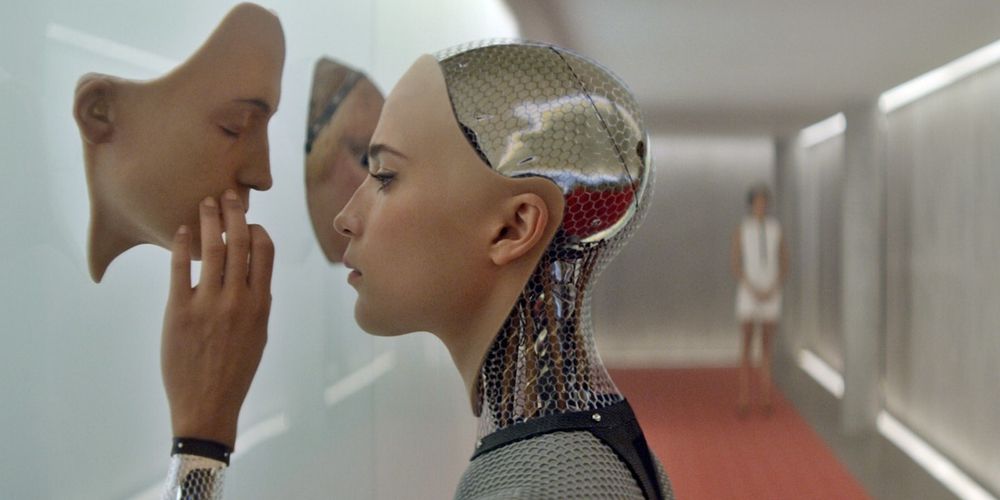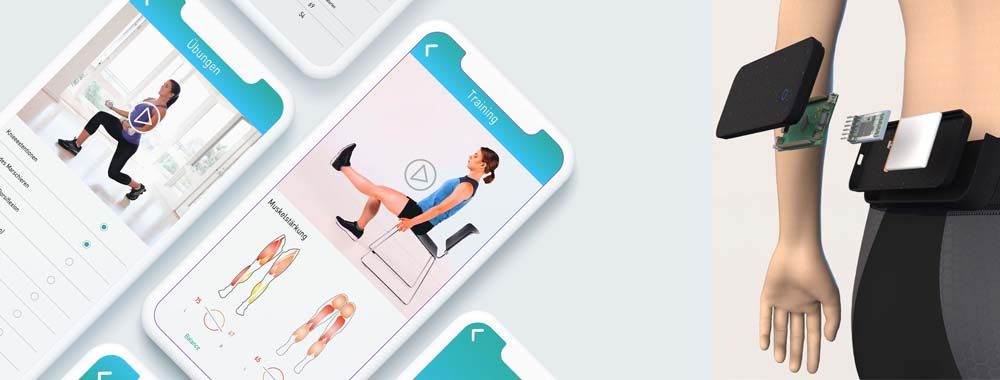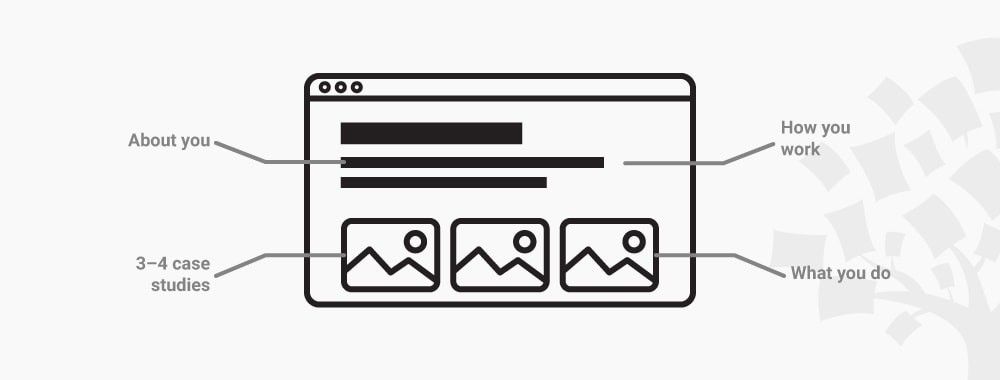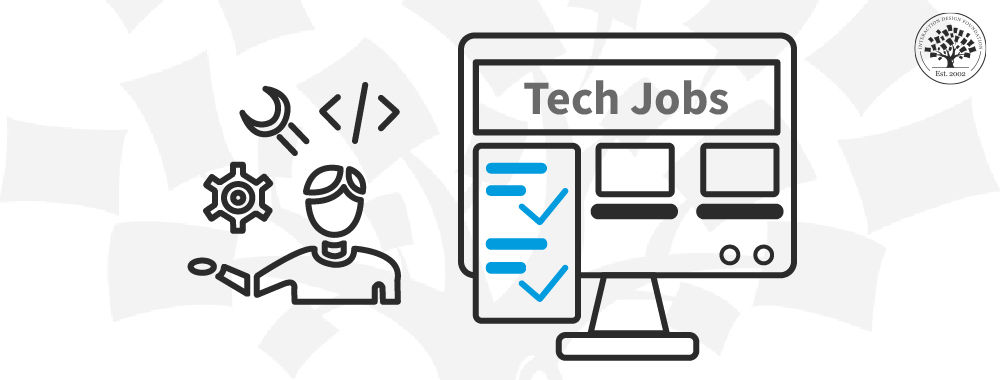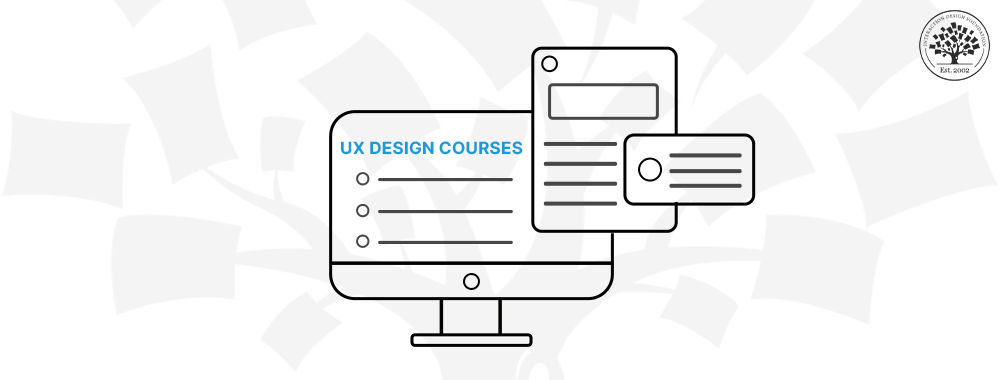The design industry is rapidly evolving with the integration of technologies such as artificial intelligence (AI) and 3D printing. While there may be concerns about job displacement, history has demonstrated that new technologies typically create more job opportunities. Don Norman, author of The Design of Everyday Things and a pioneer in the field of user experience, offers insights into the bright future of design.
Show
Hide
video transcript
- Transcript loading…
The Take Away
Design is rapidly evolving due to technological advancements. The COVID-19 pandemic accelerated this change as people embraced new work methods, like video conferencing and other communication tools that revolutionized workplaces. Technology's impact on the design industry will continue to grow with the emergence of exciting developments like artificial intelligence (AI) and generative design that can create everything from pictures to poetry.
But what about jobs? Although some are concerned about the impact technology has on employment, history shows us that technological advancements have consistently increased the number of jobs. That's because the new tools need people! A calculator is worth nothing without a human being who is on a mission to solve a problem and knows the overall thought process it takes. Likewise, with the new technologies. They need people. For example, AI needs people who know how to ask the right question and then evaluate the result and frame the question in an even more specific way. That’s where creativity comes in.
If you’re designing new tools, your job is to optimize the collaboration between people and your tool. It’s your job to ensure that your tool does all the boring and time-consuming tasks that people don’t want to do or which they’re not good at.
The emergence of new advanced materials and technologies, such as 3D printing, creates even more opportunities. These processes enable designers to create environmentally sustainable, more robust, and lighter designs. When combined with increasingly powerful computers and software, the possibilities are endless. Therefore, brace yourself as the future of design appears brighter than ever!
References and Where to Learn More
Want to learn more about the future of design? Take our courses, Design for the 21st Century with Don Norman and Design for a Better World with Don Norman.
For more on Don Norman’s take on the state of the world, see his book, Design for a Better World: Meaningful, Sustainable, Humanity Centered.
Hero image: © Interaction Design Foundation, CC BY-SA 4.0
